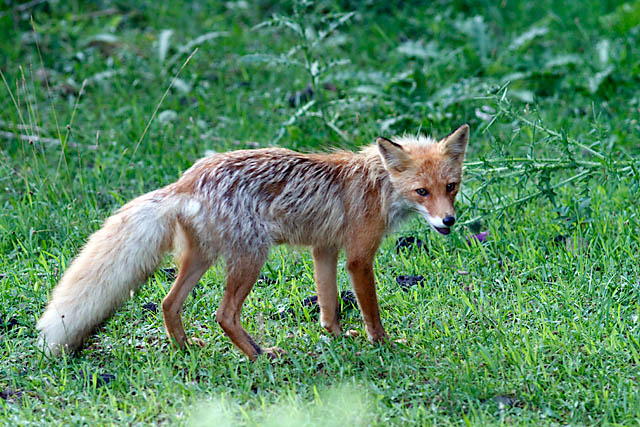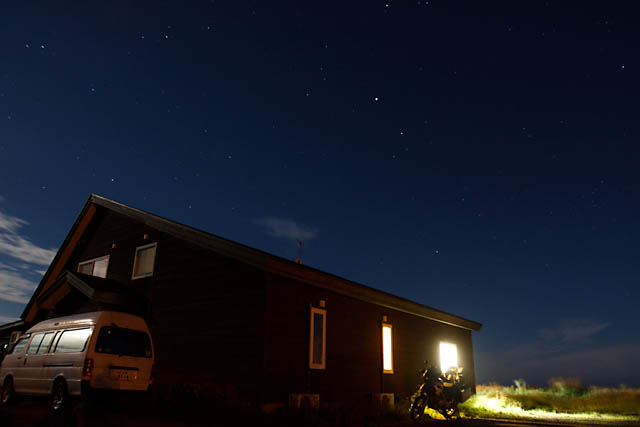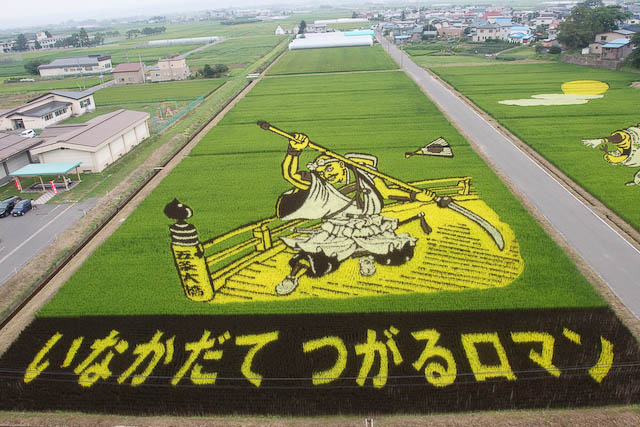

The best way to access the area is really to drive. Even then, most part of the peninsula is not covered by roads (or is restricted access) and there are only 2 towns close/within the peninsula - Utoro and Rausu. Buses to these towns however, operate only in non-winter months, and is really expensive I feel! I took the JR train to Shari town, where I transfered to the bus to Utoro and subsequently, another bus to Iwaobetsu Youth Hostel where I stayed. Iwaobetsu Youth Hostel is well covered in the various guidebooks and is really a great place to get close to nature. The highlight for me there however, is really the salmon dinner in which a whole salmon is prepared in front of the diners and made into 5-6 different delicious dishes! Phenomenal!
 |  |
The beauty of the place, of course, is the nature. Large portion of the peninsula is designated as Shiretoko National Park and hence access to a number of areas are limited/restricted. However, there are still plenty of activities available - a trek up Mt Rausu, an easy boardwalk/trail to the Shiretoko Five Lakes, a number of waterfalls and an impressive visitor centre. You could also take a cruise from Utoro and go whale or seal spotting! When I was there, access to 3 of the 5 lakes was closed as bear activity was spotted!! Sika deers, however, is common and easily spotted. But my contact with nature was the most magical when I managed to spot the red fox! Imagine my thrill!
For nature lovers, Shiretoko Peninsula and Shiretoko National Park is definitely a must-go when you next visit Hokkaido!













